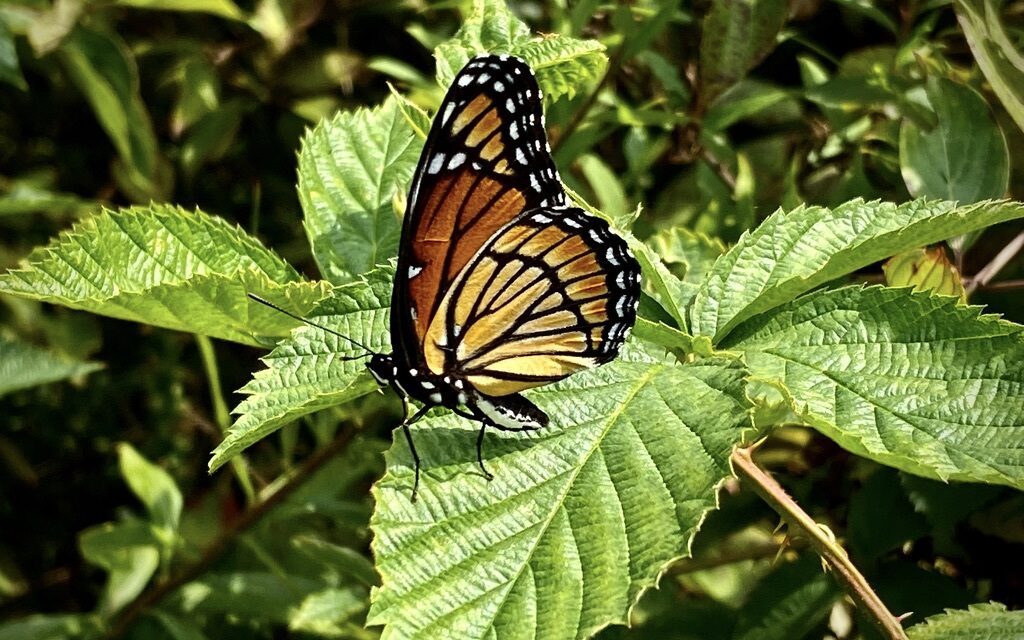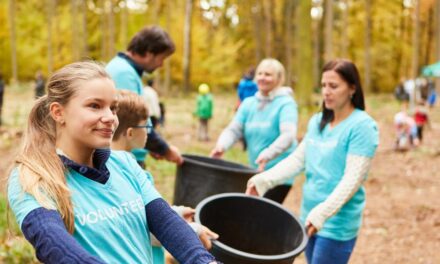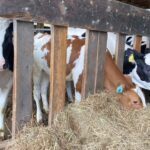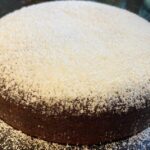Each year the Monarch Butterflies migrate through North America to/from the Trans-Mexican Volcanic Belt in Mexico (which is protected by the Mexican government). According to the U.S. Department of Agriculture, “The monarch is the only butterfly known to make a two-way migration as birds do.”
These butterflies are pollinators, and they play a crucial role in the health of our ecosystem as they carry pollen from flower to flower aiding in plant reproduction. The Monarch Butterfly appears to love a variety of milkweed common with mauve flowers, pink swamp, and butterfly milkweed.
Unfortunately, the population of Monarch butterflies has been declining for several reasons:
- Commercial and residential development has destroyed suitable summer habitats; there are simply not enough milkweed plants for the 700 eggs and babies to lay.
- With a short supply of plants, these butterflies will lay their eggs wherever is available, and a high population in one area is a huge problem as they are attacked by flies, wasp predators, and disease.
- Climate change is another major problem as monitoring the past 3-10 years weather patterns have demonstrated heavy rains and freezing temperatures causing massive mortality of 50 to 80 percent of the population.
The good news is that Monarch Way Stations have been created to conserve and protect the declining Monarch Butterfly population throughout their journey.
These stations, gardens, and meadows provide milkweed, nectar sources, and shelter. It is wonderful to witness the amount of attention around how important our pollinators are to our ecosystem. No matter what roadside milkweed bank, meadow, garden, or park is visited, we are fortunate to witness some amazing beautiful butterflies.
What can you do as an individual to aid in creating a habitat which would enable pollinators to thrive and multiply? The American dream of a yard looking like a highly manicured golf course has been the demise of many pollinators. Try creating a space in your backyard devoted to native plants that bloom from spring to autumn; it may look a little messy but will support a home for a host of pollinators. The beauty is two-fold: these native wildflowers will reseed themselves, becoming a low-maintenance garden where there is not only beauty amongst the flowers, but the attractions of butterflies, bees, moths, hummingbirds, and birds.
As volunteers, members of citizen science, getting involved is so easy as there are numerous programs for all ages to participate include counting, tagging, and releasing monarch butterflies through the North American Butterfly Association, sponsored walks, home ecologists children’s programs, national, state, county, and city parks throughout our nation.
I was so excited when the Department of Conservation and Natural Resources (DCNR) offered me an opportunity to release a third-generation monarch who will fly and make its way to Mexico. Wishing you a safe journey. Fly baby fly!











